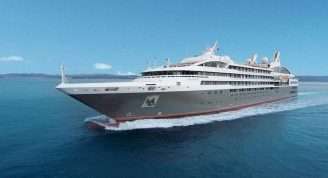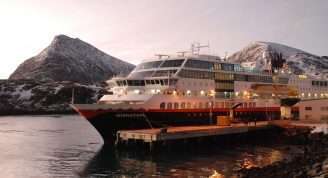Description
South Georgia offers a spectacular scenery, outstanding wildlife, history of human endeavor and is at the same time such a remote island group, that a visit turns into a real privilege. It is easy to think “small” with islands, but South Georgia is something very different. The mountain ranges offer a beguiling landscape. There are sheltered valleys with meltwater streams, tussac grass covered moraines with close-up wildlife. Glaciers cover the mountains and even huge tabular icebergs from the shelves of the far south thump along South Georgia´s weather shore to become features of its great landscape. Come and join us to explore all the facets South Georgia has to offer. In spring one of the highlights is certainly watching elephant seals giving birth on the beaches of South Georgia. In October, we will not only witness these touching moments but also be able to observe, how the cows get to know their pups by vocalization and checking out their particular scent by caressing and sniffing them for up to 30 minutes before nurturing them for the first time. Big elephant seal bulls will be most active defending their harems. There will be bull fighting on the beaches and breathtaking moments are almost guaranteed. King Penguins are of course also around. As this species has an odd breeding cycle of 14 months, there are always huge groups of King Penguins involved in the breeding process no matter when one arrives at South Georgia. With a little luck we will be spotting the first Macaroni Penguins arriving at South Georgia. Red eyes and golden crests make these little, 28-inch birds quite spectacular. Their efforts at leaping out of angry seas onto slippery, rocky ledges and then climbing high up a dauntingly steep hillside with stumpy bright pink legs will fill us with admiration for their tenacity. Black-browed Albatross, Grey-headed and Light-mantled Sooty Albatross are also tending to their nests. The Wandering Albatross has been breeding since the previous year, so the chicks are sitting on the nest and waiting for their parents to come in and feed them. The most important breeding site for Wandering Albatross, Prion Island, will still be open for visitation at this time of year.









